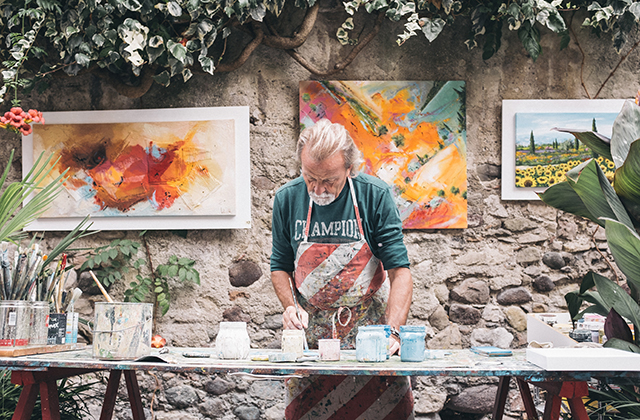The value of art work is a difficult question. For a long time, people have been answering this question by saying that the value of art work is an emotional one. Usually, this statement is made as a justification for how much money has been made from art work not with the concept boards that you already did.
In many cases, this statement is true. There are many people who buy art work because they love it and want to have it in their home. When these people buy art work, they are buying it because they love the piece itself and not because they think that the piece will appreciate in value. These pieces usually do not end up appreciating in value; however, it does happen occasionally, and many pieces that appreciate in value end up having been purchased by someone who loves the piece and wants to keep it for themselves.
The main problem with saying that the value of art works is an emotional one is that there are many people who buy art works as investments; these people often make purchases without thinking about whether or not they like the piece itself. The tendency for all art works to appreciate over time has led to a widespread belief that purchasing art work as an investment is a good idea.
The value of art is the same as the value of everything else, namely how much it helps me reach my goals. If I need money to pay bills or buy food, then I should sell the art. If my goal is to express something about my inner world, then I should keep the art.
The latter case happens more often than you might think. We don’t generally talk about it because it’s not as glamorous as talking about Michelangelo or Picasso. But there are a lot of people who devote their lives to making art that no one cares about, and that is exactly what they want to do. They make it for themselves. We all do things like that; we just don’t call them “art.”
If you want to make art for yourself, you can’t be thinking about what other people will think of it; you have to be thinking about what satisfies you. And if someone else likes it too, that’s great; but if they don’t, that’s also OK (unless your goal was commercial). And understanding this is important, because most people who try to make art spend too much time trying to figure out what other people will like. How much better would our civilization be if Michelangelo had spent more time pleasing himself!
There is no doubt that art has value and should be preserved and cherished. But without a solid grasp of what art actually is, we can’t understand how great art differs from kitsch (or what causes one to become the other).
What distinguishes an artwork from any other physical object? You can see it as a combination of raw materials and skillful technique, but that won’t explain why some arrangements of matter and technique are art and others aren’t. Learn more about the artwork materials to choose.
Some people will tell you that art is whatever philosophers say it is. Some will tell you it’s whatever scientists say it is. But neither philosophers nor scientists have a solid definition of art. It’s not just a problem for them, though–it’s a problem for anyone who wants to protect the arts from the relentless replacement of old forms by new ones, or to identify a source of aesthetic value outside the human mind.

